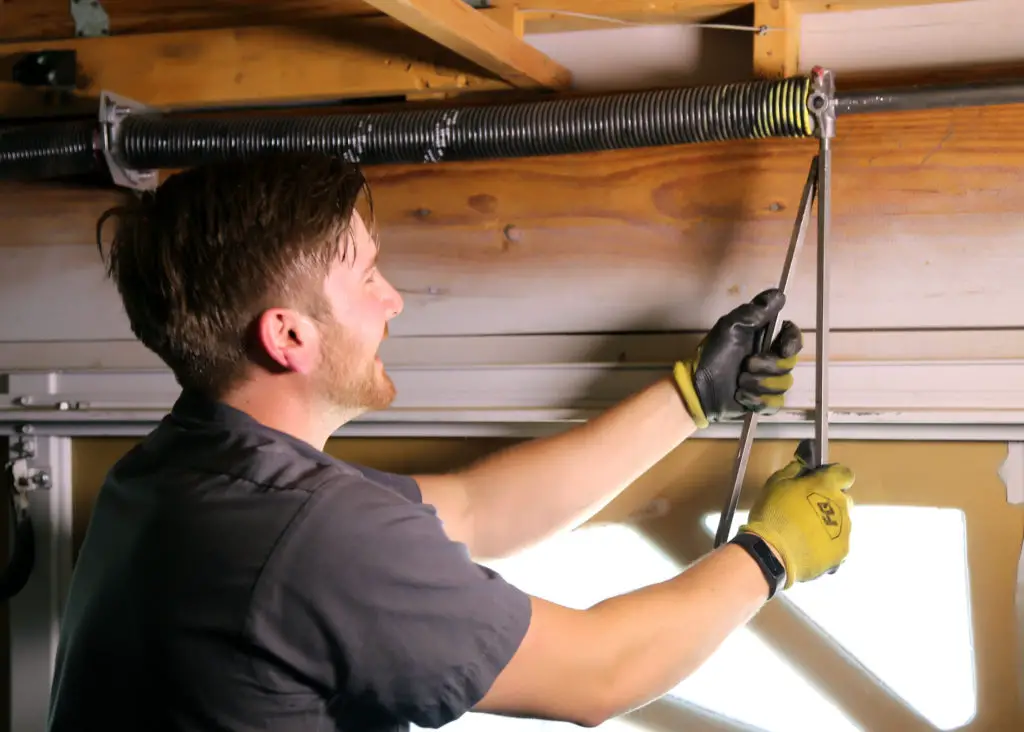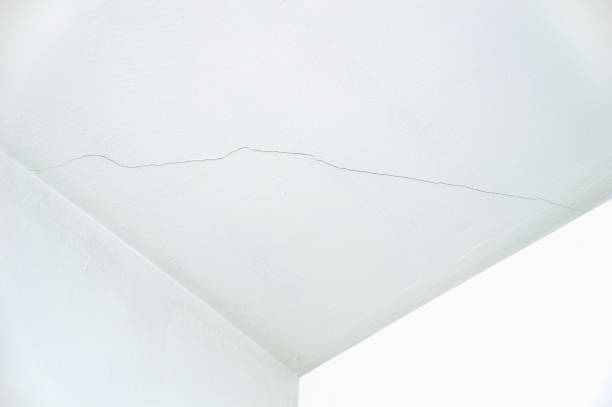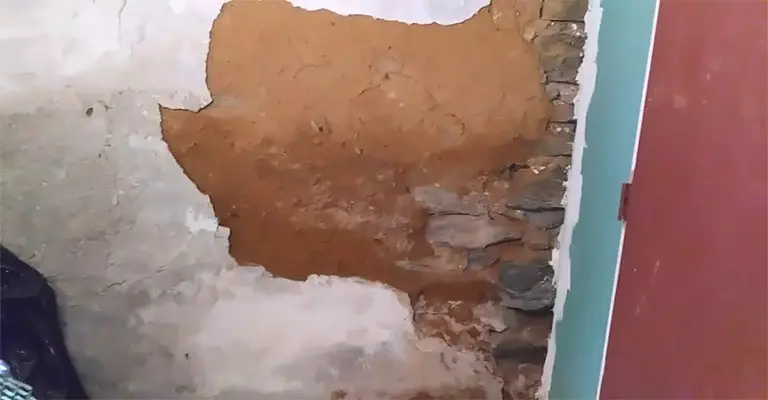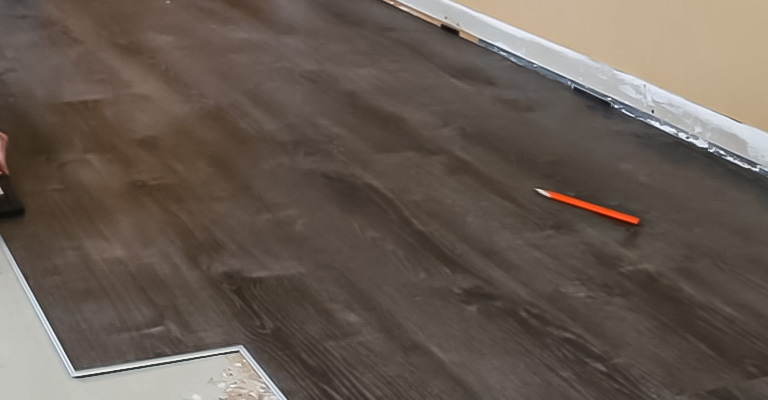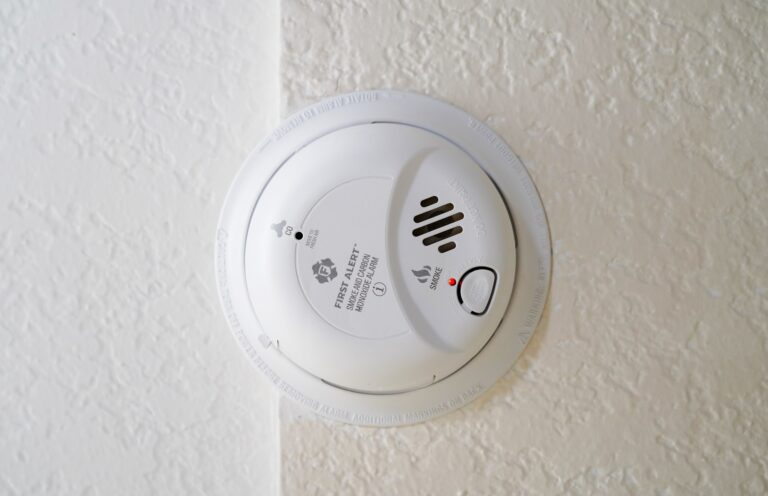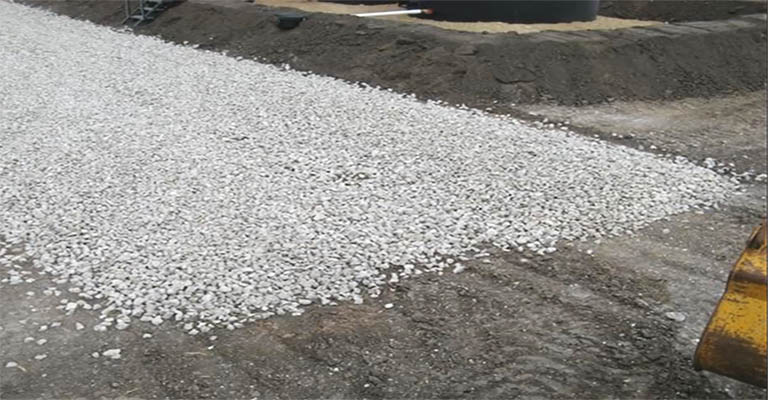The Comprehensive Guide to Garage Door Spring Repair
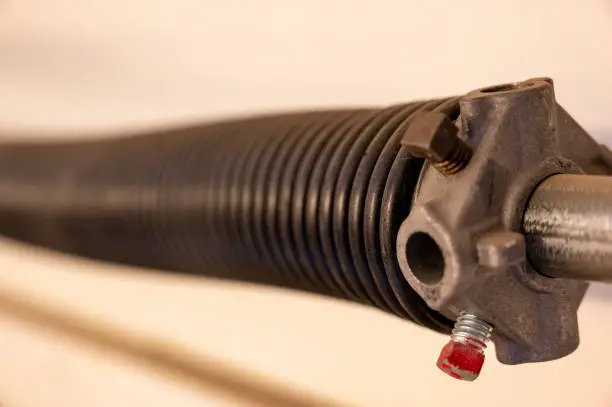
Whether it’s a soft creak or an unmissable snap, hearing strange sounds from your garage door often signifies a crucial component requiring attention: the garage door spring. These springs are pivotal to your garage door’s operation, and any damage or deterioration can render your door non-functional. This article provides a comprehensive guide to garage door spring repair, ensuring your garage door retains its functionality and safety.
Understanding Garage Door Springs
Garage door springs are integral to a smooth and effortless door operation. They counterbalance the weight of the door, enabling it to open and close efficiently. There are two primary types of garage door springs – torsion and extension springs. Torsion springs are mounted above the closed door, while extension springs are positioned on either side of the upper tracks. Understanding your garage door spring type is the first step in efficient repair.
Recognizing the Signs of Damage
Identifying a faulty garage door spring early can prevent further complications. The most common signs include a heavy door, erratic opening and closing, a door that won’t fully open, or the loud noise of a spring breaking. Regularly inspect your garage door springs for wear and tear, rust, or gaps – these are telltale signs of a spring nearing the end of its lifespan.
Safety First in Garage Door Spring Repair
Safety is paramount when dealing with garage door spring repair. The tension in a spring can cause it to snap, potentially leading to injury. For this reason, we recommend hiring professionals with the right tools and expertise. If you choose a DIY approach, make sure to wear safety goggles, use robust and proper tools, and never attempt the repair alone.
Steps to Repair a Garage Door Spring
Let’s dive into the process if you opt for a DIY repair. Keep in mind; this is a general guide. Your repair steps may slightly differ based on your garage door model and spring type.
1. Unplug the opener
Always start by disconnecting the automatic door opener. This eliminates the risk of the door opening or closing accidentally during the repair.
2. Secure the door
Keep the door in a down position. Use C-clamps or locking pliers on the tracks below the lowest rollers to secure it.
3. Loosen the unbroken spring
If one spring is intact, loosen it before removing the broken one to reduce tension.
4. Remove the broken spring
Use a winding bar or suitable tool to gradually unwind the broken spring. Then, remove the bolts or screws securing the spring and slide it off.
5. Install the new spring
Slide the new spring onto the torsion tube or track, secure it, and then apply tension. Make sure it’s the same size and type as the one you’re replacing.
6. Tighten the springs
If you have two springs, tighten the newly installed one and then tighten the old one.
Remember to constantly refer to your owner’s manual throughout the process. Garage doors and their components can be complex, and specific steps can vary.
The Importance of Professional Help
While DIY repair might seem appealing for saving on costs, it’s important to weigh the risks involved. Professional garage door repair services have trained personnel equipped with proper safety gear, specialty tools, and extensive experience in dealing with all types of garage doors and springs. They can ensure efficient repair and save you from potential harm.
The Lifecycle of a Garage Door Spring
A garage door spring’s lifespan is determined by the number of cycles, with a cycle being one open and close operation. Standard springs typically have a lifespan of 10,000 cycles, which can last between 7 to 9 years, depending on usage. High-cycle springs are also available, offering up to 50,000 cycles for increased longevity. Understanding this lifecycle can help you better gauge when your springs may need repair or replacement.
Preventive Maintenance
Proactive maintenance of your garage door springs can enhance their durability and reduce the frequency of repairs. Regular lubrication using a silicone-based lubricant can help keep the springs operating smoothly. Also, monitor the balance of your door. An imbalanced door can put undue stress on the springs, shortening their lifespan.
Upgrading Your Garage Door Springs
When it comes to garage door spring repair, it’s worth considering an upgrade, especially if you have extension springs. Torsion springs are generally more durable and safer because they contain the tension within the spring if it breaks. They also provide a more controlled, smooth motion for your door.
The Cost of Garage Door Spring Repair
The cost of repairing a garage door spring can vary significantly based on the spring type, your location, and whether you opt for a DIY fix or professional service. On average, you might expect to spend between $100-$200 for a professional repair, excluding the cost of the spring itself. While DIY repair might be less expensive initially, improper installation can lead to further repairs and potential damage to other components of the door.
Conclusion
Double Garage Door Springs
A well-functioning garage door opener is a result of seamless cooperation among all its parts, with the garage door springs playing a pivotal role. A broken garage door spring can turn your door into a heavy garage door that is difficult to manage and can strain the opener. Whether you have a single or a double garage door, dealing with broken garage door springs shouldn’t be a chore you dread.
Replacing Garage Door Springs
Garage door spring replacement is a necessary part of owning a garage door and should be entrusted to a garage door specialist. They can handle everything from simple maintenance tasks to fixing a broken garage door spring, including the more complex garage door torsion springs, common in double garage door systems. With their expertise, any garage door breaks can be promptly and safely addressed.
Most Garage Doors
Remember, keeping your garage door in peak condition is not merely about the mechanics; it’s also about ensuring the safety and security of your home. Make sure to regularly inspect your door and springs, promptly address any issues, and don’t hesitate to call in the professionals when you’re dealing with something as crucial and potentially dangerous as a broken garage door spring.

